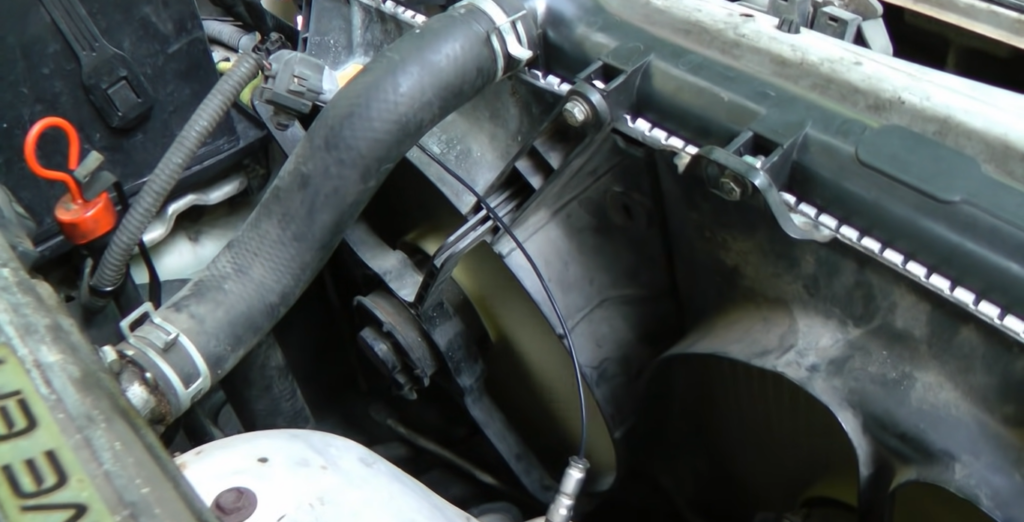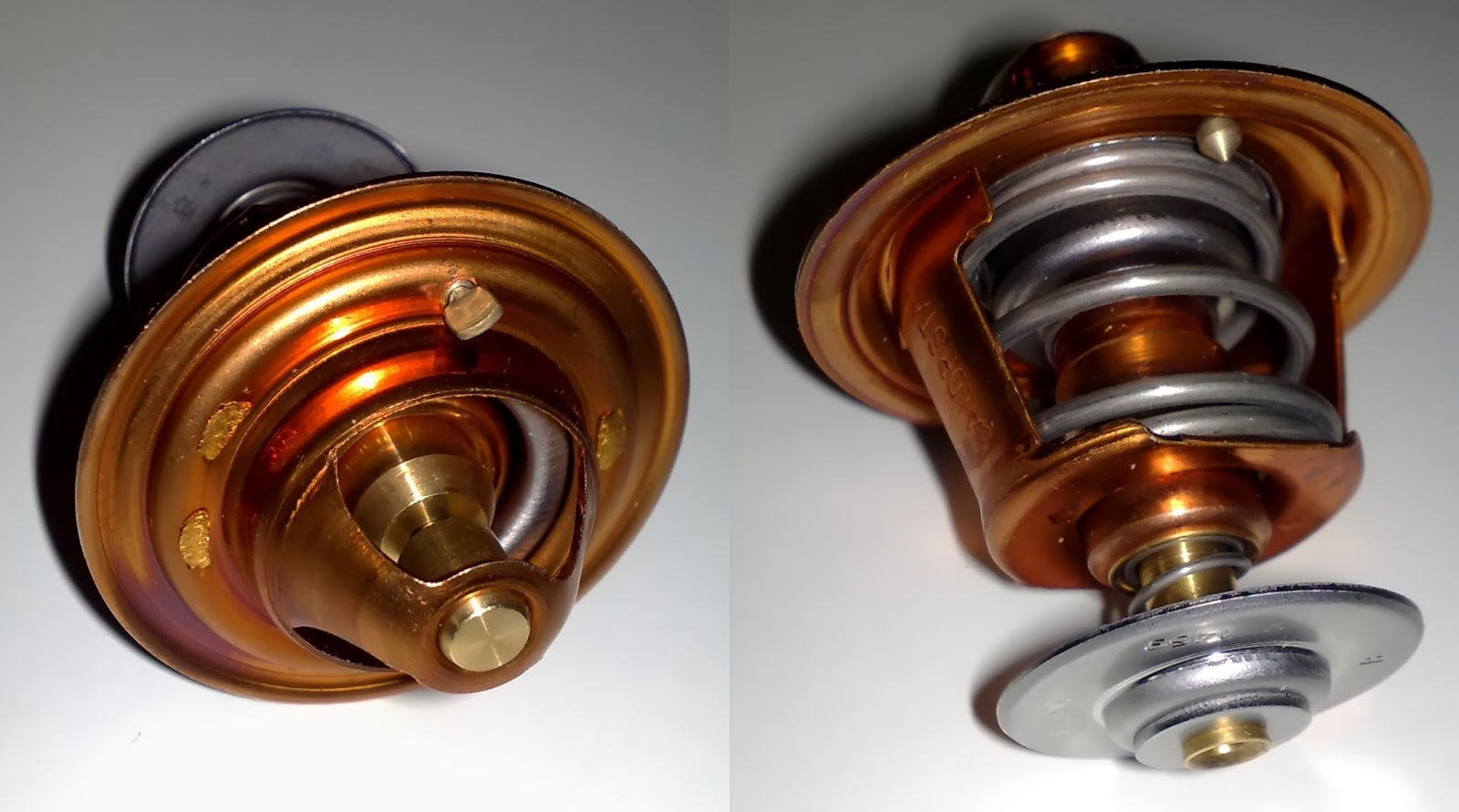Car engines can overheat for various reasons, ranging from low radiator fluid to more serious issues like a blown head gasket. Knowing how to diagnose and fix overheating problems can save you time, and money, and prevent further damage to your vehicle.
Here’s a comprehensive guide on how to fix an overheating car engine.
1. Check the Radiator Fluid Level

The first step in fixing an overheating engine is to check the radiator fluid level. If it’s low, it can lead to overheating and if the fluid level is low, simply topping it off may solve the problem.
Always use the recommended coolant for your vehicle, as specified in the owner’s manual. If you find any leaks, repair them immediately and refill the radiator with the appropriate coolant mixture. Use a pressure testing kit to check for leaks in the cooling system.
2. Pressure Test the Cooling System for Leaks

If the fluid level is adequate, pressure testing the cooling system for leaks is vital. Common areas for leaks include the radiator, hoses, and cooling system components. A pressure test can help you identify potential leaks and determine whether repairs are necessary.
3. Replace Radiator Cap

A worn or rusty radiator cap may not hold pressure properly, leading to overheating. If your radiator cap is in poor condition, replace it with a new one to ensure proper sealing and pressure regulation.
4. Check the Cooling Fans and Fan Clutches

Inspect the cooling fans and fan clutches to ensure they are functioning properly. Malfunctioning fans or a slipping fan clutch can contribute to engine overheating. In some cases, a simple cleaning or adjustment may be sufficient, while other instances may require replacement or professional assistance.
5. Replace Thermostat

A stuck thermostat can prevent the coolant from flowing properly, leading to overheating. If your thermostat is malfunctioning, replace it with a new one to ensure proper coolant flow and temperature regulation.
6. Replace Radiator

A failing radiator is another potential cause of an overheating car. Modern radiators, which are made up of plastic often corrode inside and don’t dissipate heat anymore. Inspect the radiator for excessive wear. If any issues are identified, replace the radiator to prevent further overheating.
7. Identify Head Gasket Leaks

One of the most costly repairs related to an overheating car is a head gasket leak. Accurate diagnosis is critical in this scenario, as misdiagnosis can lead to unnecessary engine damage.
By performing a combustion leak test, if your vehicle exhibits signs such as white smoke, oil in the coolant, or a milky appearance in the oil, it is essential to consult a professional mechanic to determine whether a head gasket leak is the root cause.
8. Recommend Professional Help

While some car owners may feel comfortable tackling these issues themselves, it is vital to recognize when professional help is required. If you are unsure about diagnosing or fixing the problem, visiting a mechanic can save time, money, and potential engine damage.
Preventive Maintenance Tips
- Regularly check and maintain the radiator fluid level.
- Inspect the radiator cap for wear and tear.
- Ensure the cooling fans are working properly.
- Replace the thermostat as recommended by the manufacturer.
- Flush the cooling system and replace the coolant as per the manufacturer’s guidelines.
Conclusion
Addressing an overheating car requires a systematic and comprehensive approach. By following these steps, you can effectively diagnose and address the underlying issues, ensuring your vehicle remains in optimal condition. Remember, when in doubt, consult a professional mechanic to ensure your safety and the longevity of your car.




